Mango Leaf Tips Are Burnt – What Causes Mango Tipburn
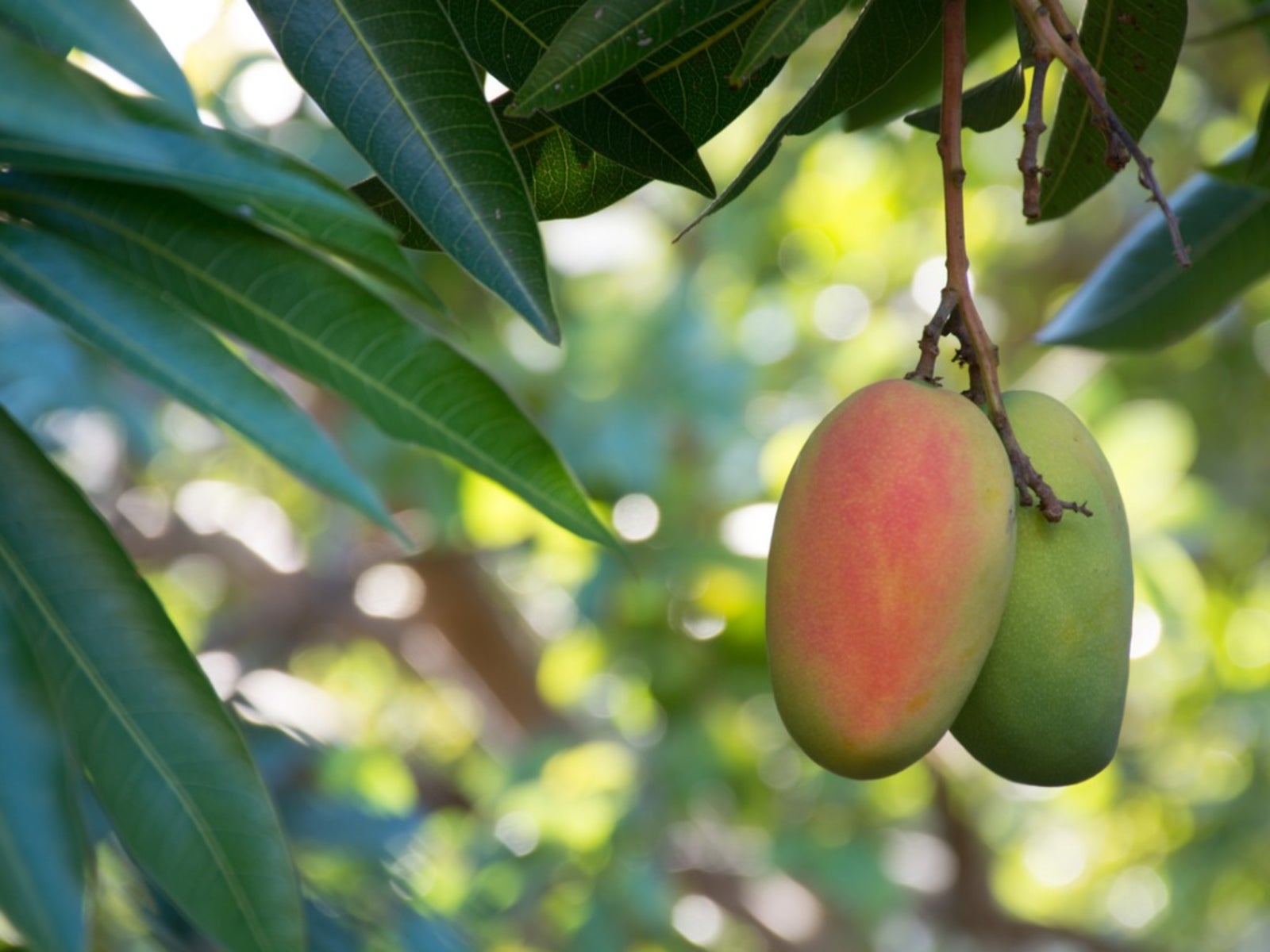

The leaves of a healthy mango plant are a deep, vibrant green and discolored leaves usually indicate some problem. When your mango leaves are burnt on the tips, it’s likely to be a disease called tipburn. Tipburn of mango leaves can be caused by several different issues, but, fortunately, none are too difficult to treat. Read on for information on tipburn and its treatment.
What Causes Mango Tipburn?
When you inspect your mango and find mango leaves with burnt tips, the plant is probably suffering from a physiological disease called tipburn. The primary symptom of tipburn of mango leaves is necrotic sections around the leaf edges. If your mango leaf tips are burnt, you may ask what causes mango tipburn. It is important to figure out the cause of the condition in order to begin appropriate treatment. Tipburn of mango leaves is often, though not always, caused by one of two conditions. Either the plant is not getting enough water or else salt has accumulated in the soil. Both can occur at the same time, but either one can result in mango leaves with burnt tips. If you water your plant regularly, you are not likely to see tipburn of mango leaves caused by a moisture deficiency. Usually, sporadic irrigation or extreme fluctuations in soil moisture is the kind of cultural care that results in tipburn. An even more likely cause is salt accumulation in the soil. If your plant’s drainage is poor, salt can build up in the soil, causing tipburn of mango leaves. A magnesium deficiency is yet another possible cause of this problem.
Mango Tipburn Treatment
The best mango tipburn treatment for your plant depends on what is causing the issue. Tipburn caused by fluctuations in moisture can be solved by regularizing irrigation. Set a schedule for watering your plant and stick to it. If salt has built up in the soil, try heavy watering to flush salts out from the root zone. If your plant’s soil has drainage issues, replace the soil with well-draining soil and be sure any containers have many drainage holes to allow water to run out smoothly after irrigation. To treat a magnesium deficiency, use a foliar spray of KCl 2%. Repeat every two weeks.
Gardening tips, videos, info and more delivered right to your inbox!
Sign up for the Gardening Know How newsletter today and receive a free copy of our e-book "How to Grow Delicious Tomatoes".

Teo Spengler is a master gardener and a docent at the San Francisco Botanical Garden, where she hosts public tours. She has studied horticulture and written about nature, trees, plants, and gardening for more than two decades. Her extended family includes some 30 houseplants and hundreds of outdoor plants, including 250 trees, which are her main passion. Spengler currently splits her life between San Francisco and the French Basque Country, though she was raised in Alaska, giving her experience of gardening in a range of climates.
-
 Looking For Plants To Give You The Soft And Fuzzies? Try These 5 Fuzzy Leaf Plant Options
Looking For Plants To Give You The Soft And Fuzzies? Try These 5 Fuzzy Leaf Plant OptionsLovers of texture, drama, silver foliage and tactile plants will adore these special sensory garden additions. These fuzzy leaf plant options will leave you all aglow
By Susan Albert
-
 Get Ready For A Summer Of Hummers! Grow These Full Sun Hummingbird Plants and Flowers
Get Ready For A Summer Of Hummers! Grow These Full Sun Hummingbird Plants and FlowersIf you’re lucky enough to enjoy a sunny backyard, make sure you are maxing out on your pollinator opportunities and grow these full sun hummingbird plants and flowers
By Tonya Barnett
-
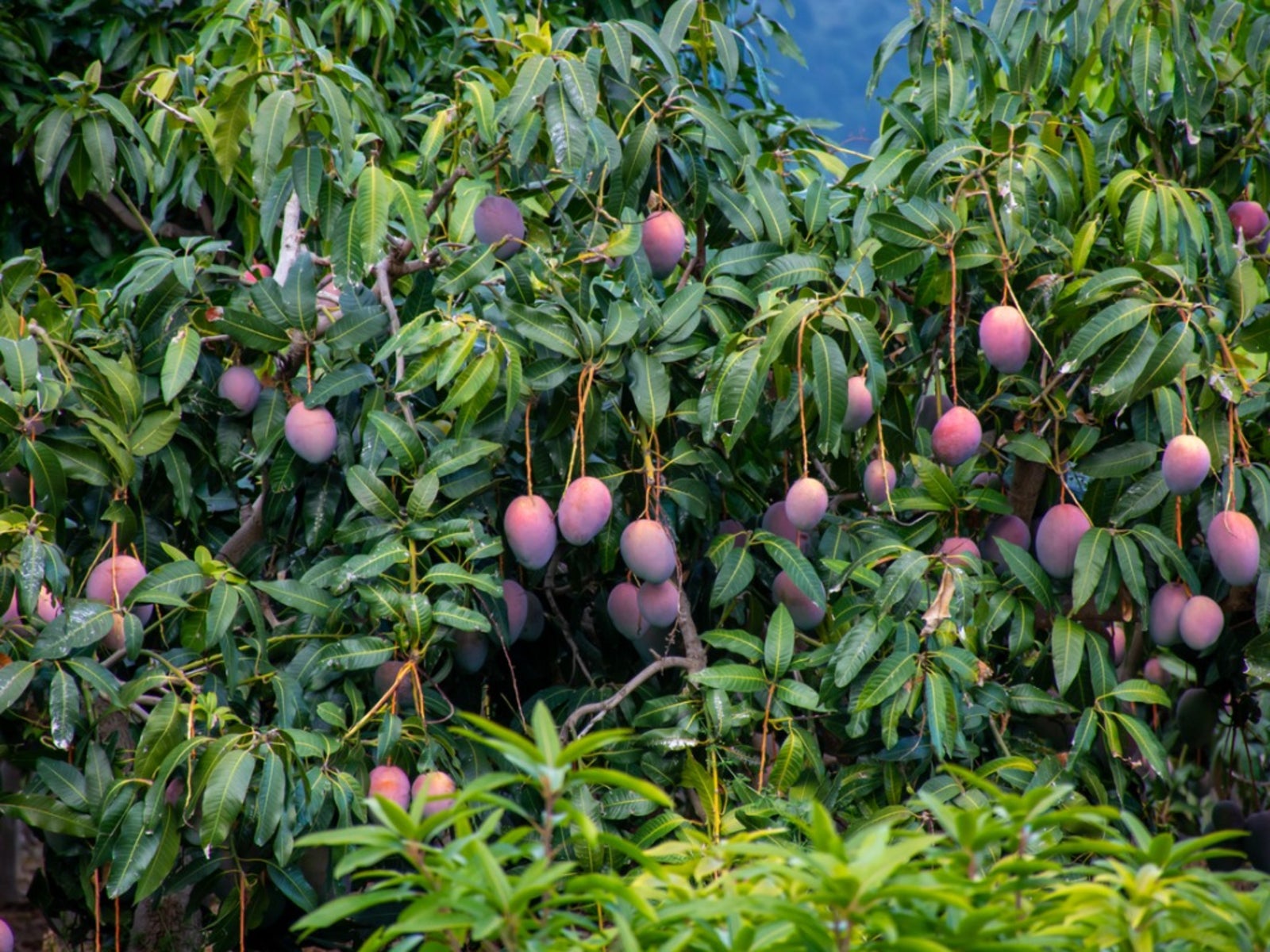 Mango Sun Damage: Treating Mangoes With Sunburn
Mango Sun Damage: Treating Mangoes With SunburnMangoes with sunburn have reduced palatability and are usually used to make juice. If you want to save the juicy fruits for out of hand eating, learn how to stop mango sunburn in your plants. This article can help with that. Click here for more information.
By Bonnie L. Grant
-
 Planting A Mango Pit – Learn About Mango Seed Sprouting
Planting A Mango Pit – Learn About Mango Seed SproutingGrowing mangoes from seed can be a fun and enjoyable project for kids and seasoned gardeners alike. While extremely easy to grow, there are a few issues that you may encounter when attempting to plant seeds from grocery store mangoes. Learn more here.
By Tonya Barnett
-
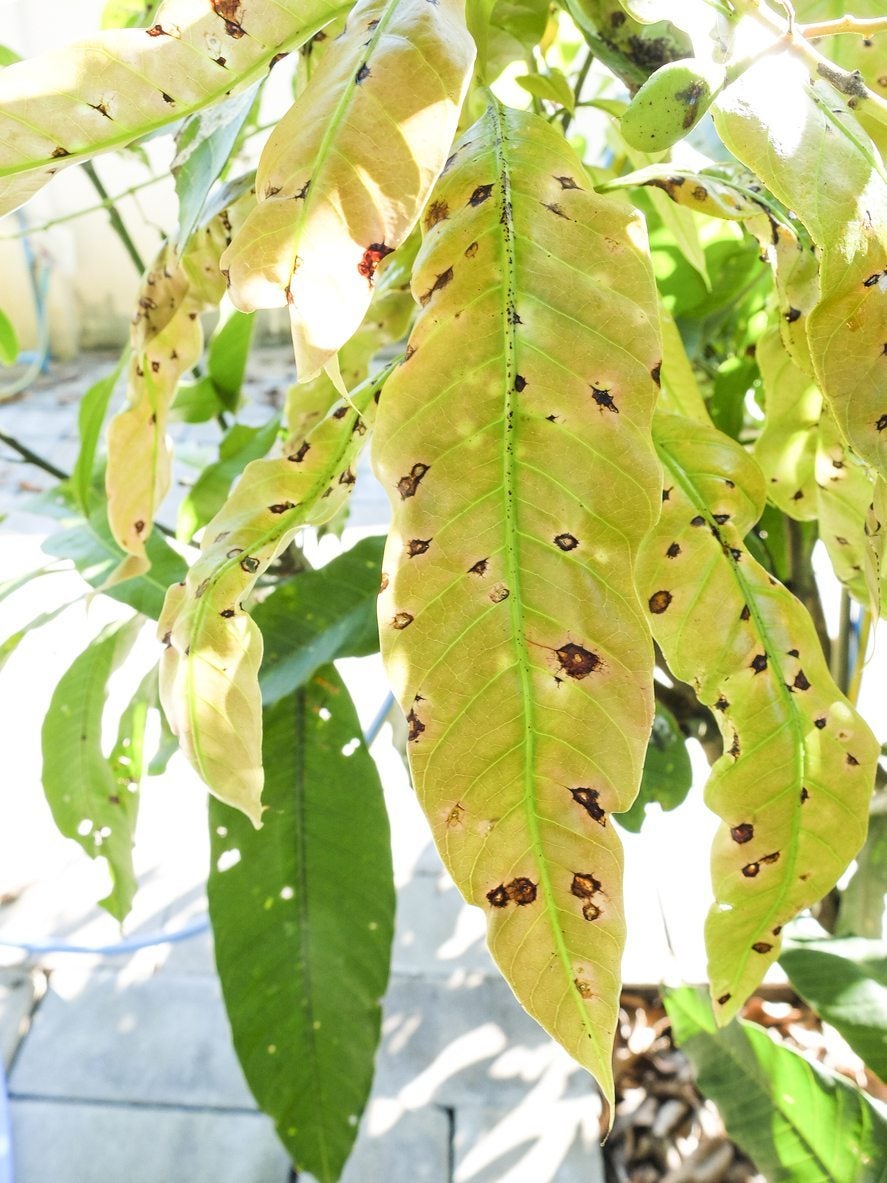 How To Manage Mango Disease: Tips For Treating A Sick Mango Tree
How To Manage Mango Disease: Tips For Treating A Sick Mango TreeDelicious they may be, but the trees are susceptible to a number of mango tree diseases. Treating a sick mango means correctly identifying mango disease symptoms. Click this article to find out about diseases of mangos and how to manage mango diseases.
By Amy Grant
-
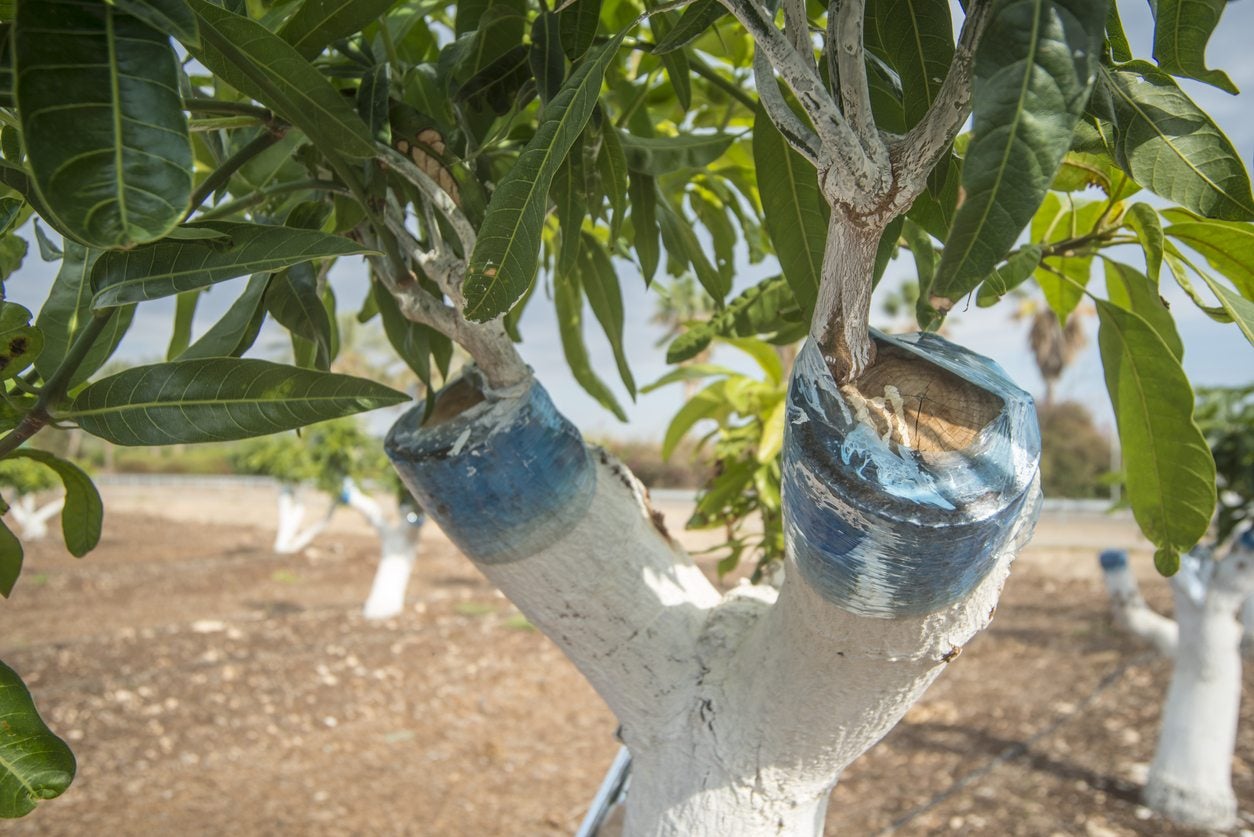 Mango Tree Grafting – Learn How To Graft A Mango Tree
Mango Tree Grafting – Learn How To Graft A Mango TreeWhen propagating by seed, trees take longer to produce fruit, thus mango tree grafting is the preferred method of propagation. In the following article, we?ll discuss how to graft a mango tree and other pertinent information of this technique.
By Amy Grant
-
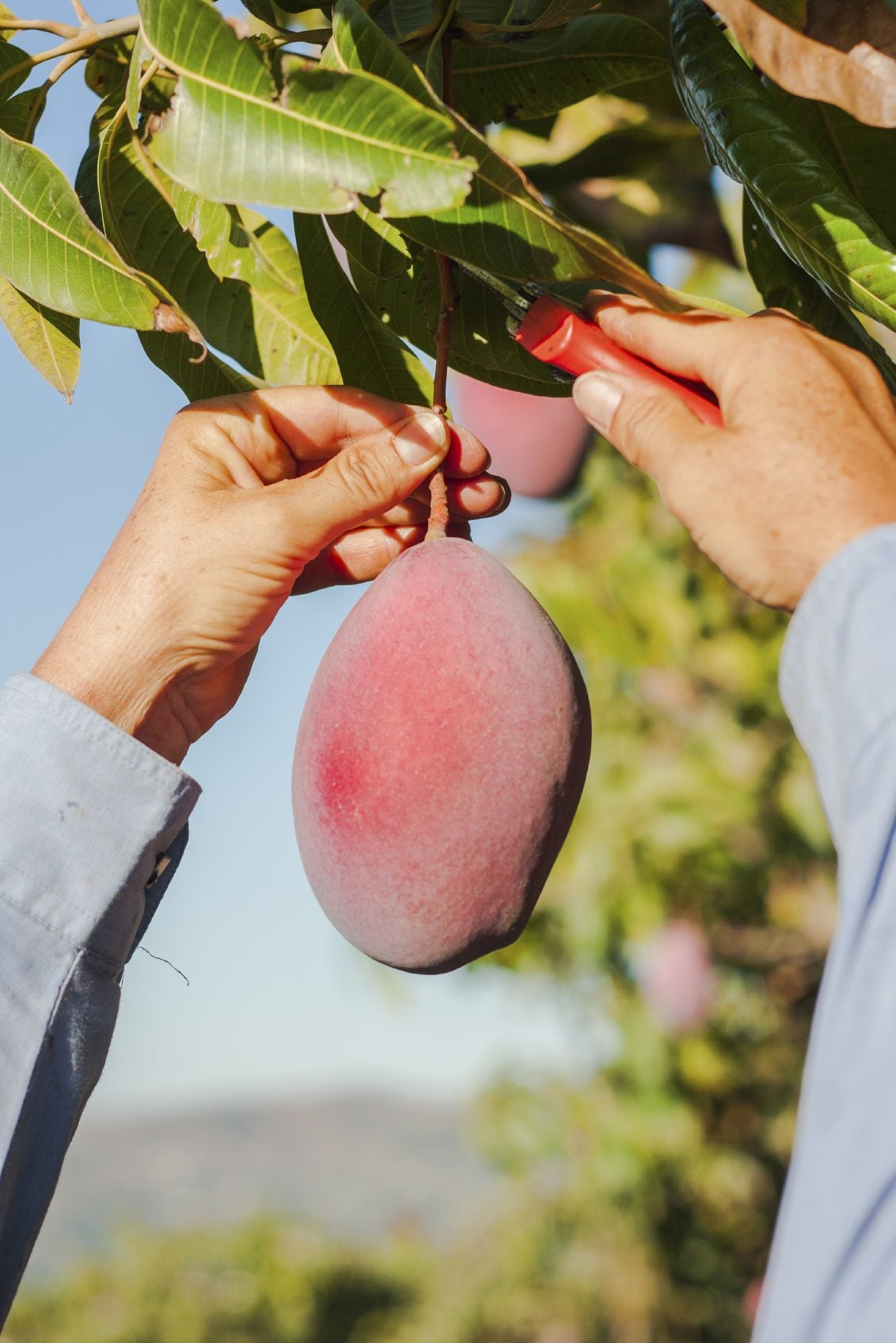 Mango Fruit Harvest – Learn When And How To Harvest Mango Fruit
Mango Fruit Harvest – Learn When And How To Harvest Mango FruitMangos are an economically important crop in tropical and subtropical areas of the world. If you are lucky enough to have a mango tree, you may have wondered "When do I pick my mangos". Find out when and how to harvest mango fruit here.
By Amy Grant
-
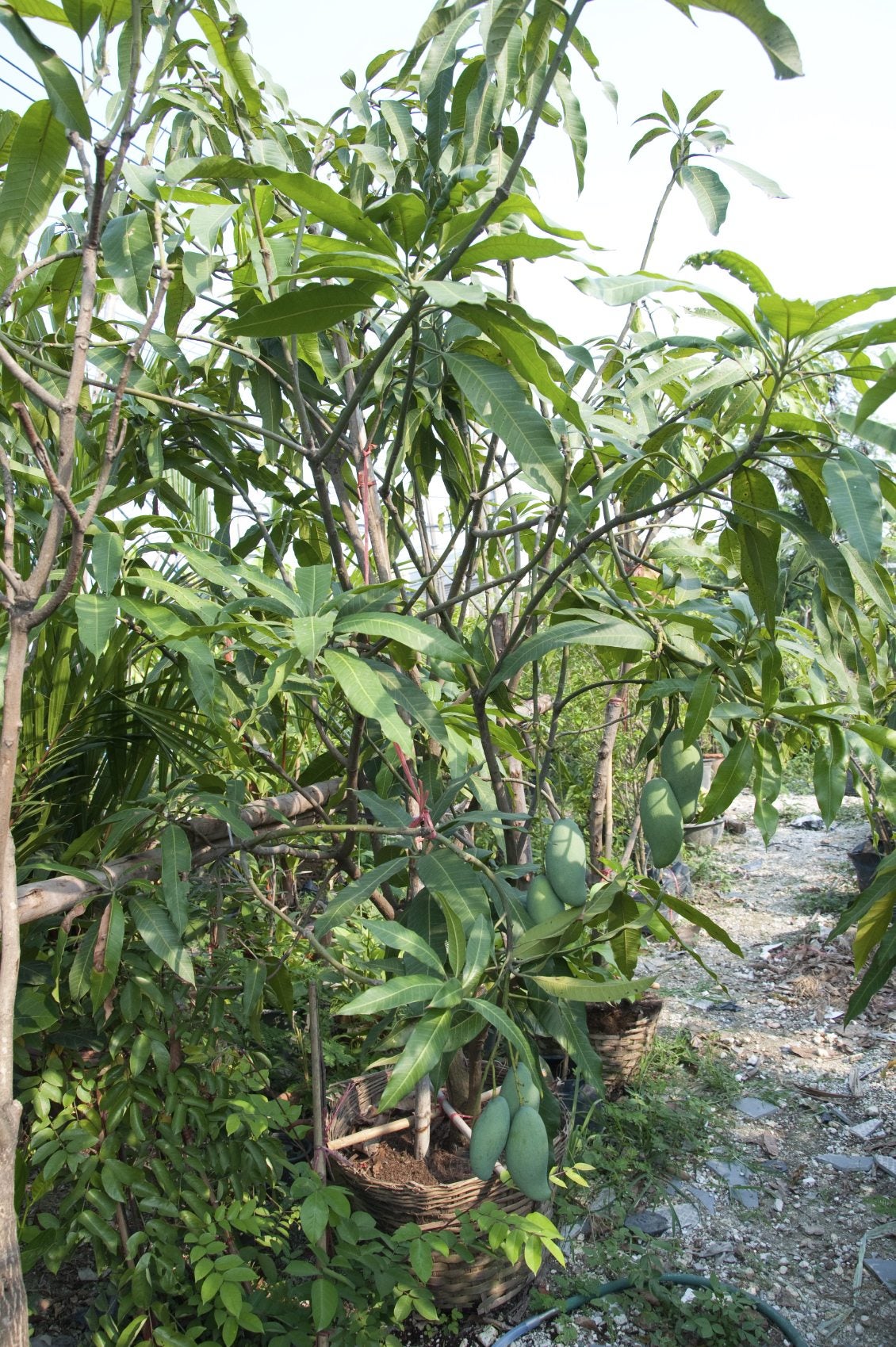 Mango Pruning Guide: Learn When And How To Trim A Mango Tree
Mango Pruning Guide: Learn When And How To Trim A Mango TreePruning mango trees improve their overall health and harvest. So how do you prune a mango tree and when is the best time to prune a mango tree? Learn more in the article that follows. Click here for additional information.
By Amy Grant
-
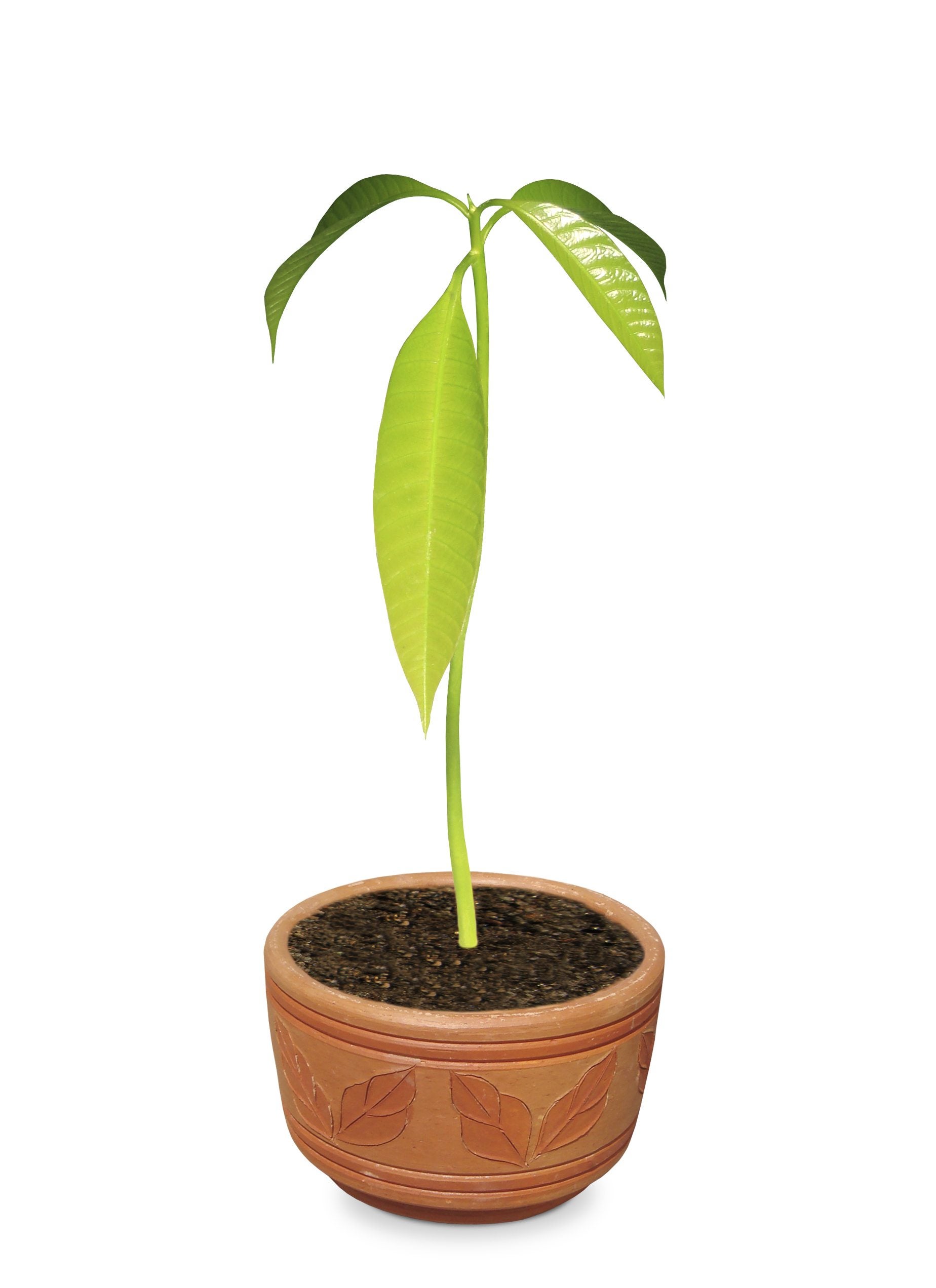 Container Grown Mango Trees – How To Grow Mango Trees In Pots
Container Grown Mango Trees – How To Grow Mango Trees In PotsMangos are exotic, aromatic fruit trees that absolutely abhor cold temps. Since many of us don't live in such consistently warm regions, you might be wondering how to grow mango trees in pots or even if it's possible. Click here to learn more.
By Amy Grant
-
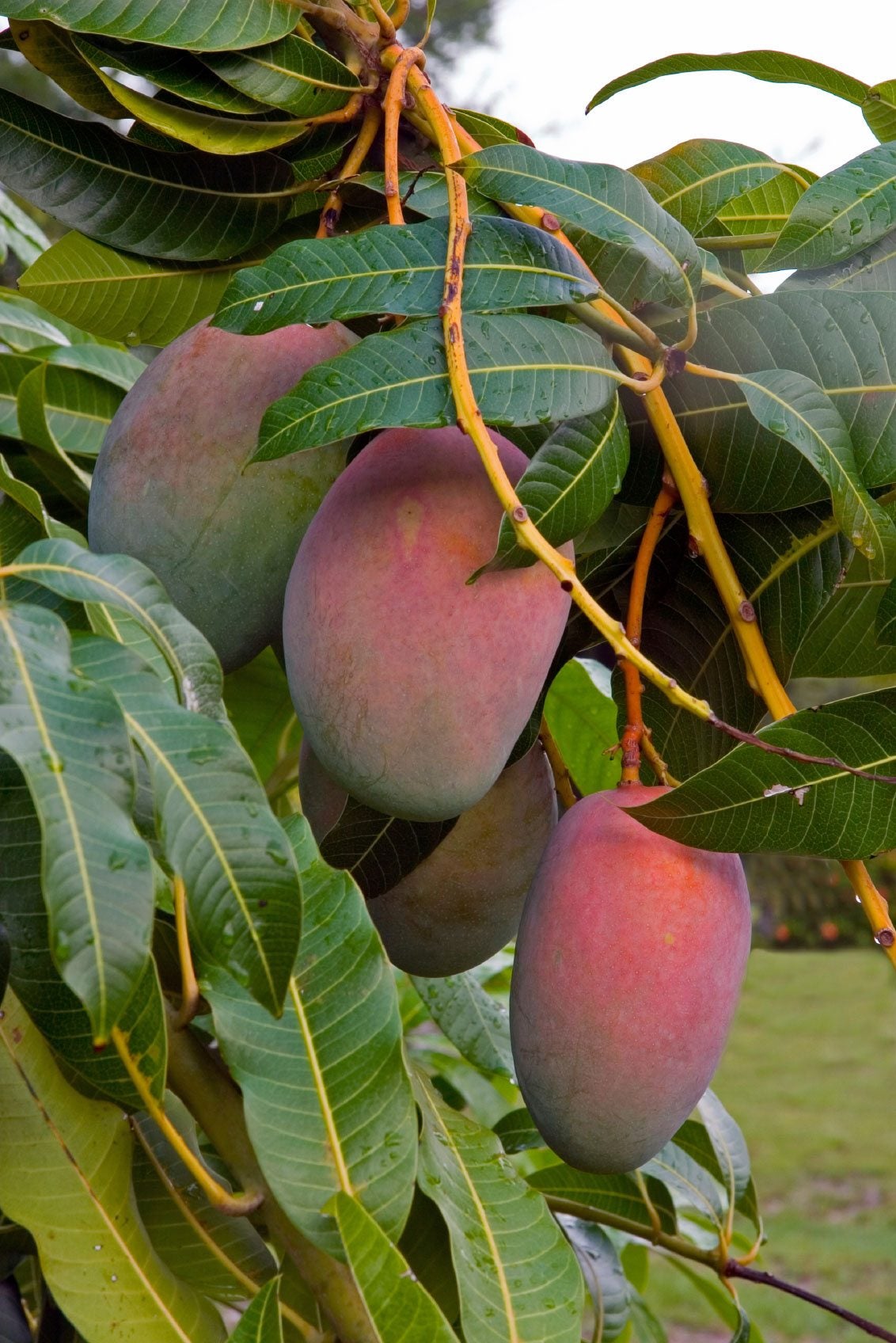 Mango Tree Not Producing: How To Get Mango Fruit
Mango Tree Not Producing: How To Get Mango FruitOne of the most popular fruits in the world, mango trees have been grown for more than 4,000 years. Mango tree problems, like no mango fruit on trees, have been duly noted with solutions found in this article.
By Amy Grant